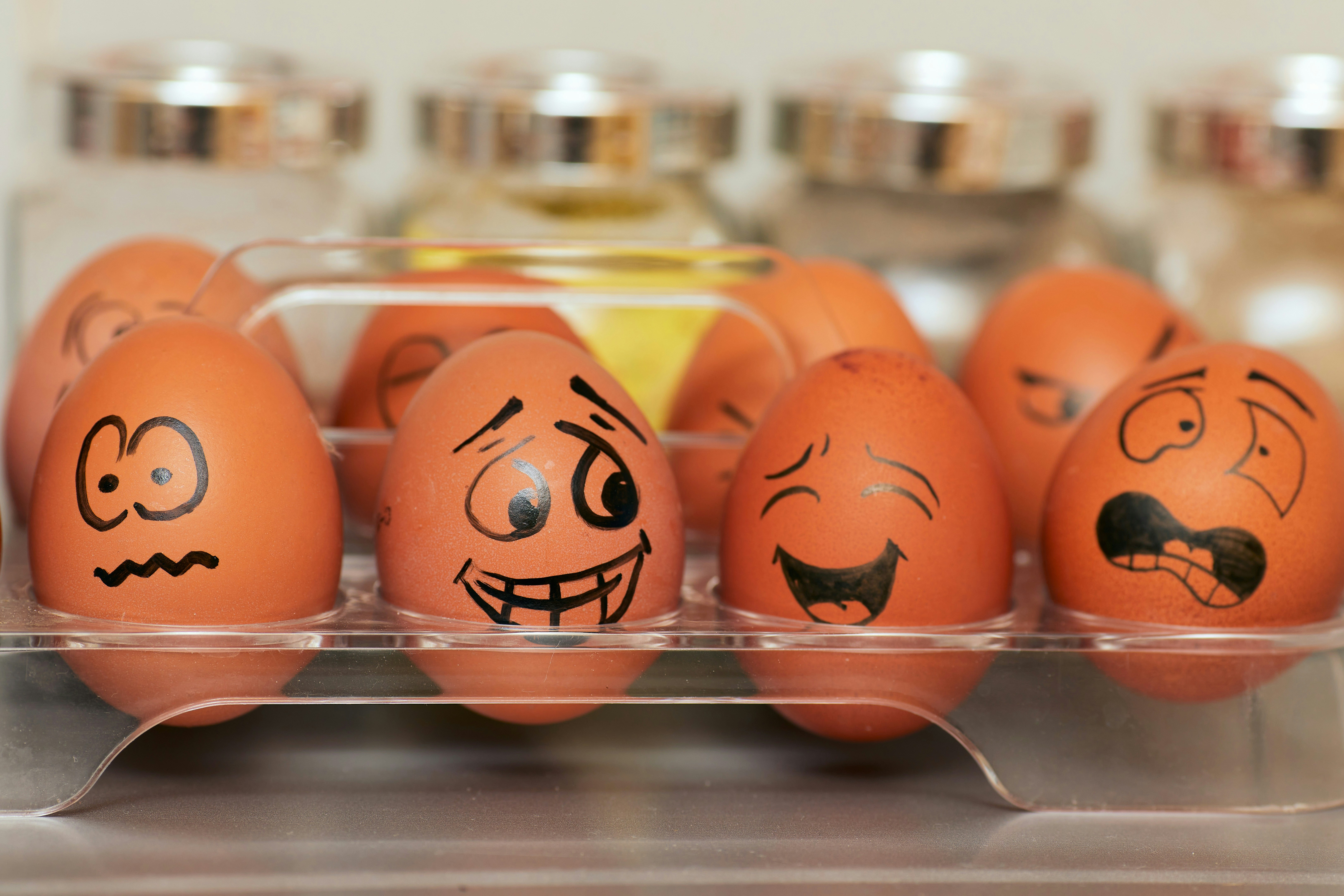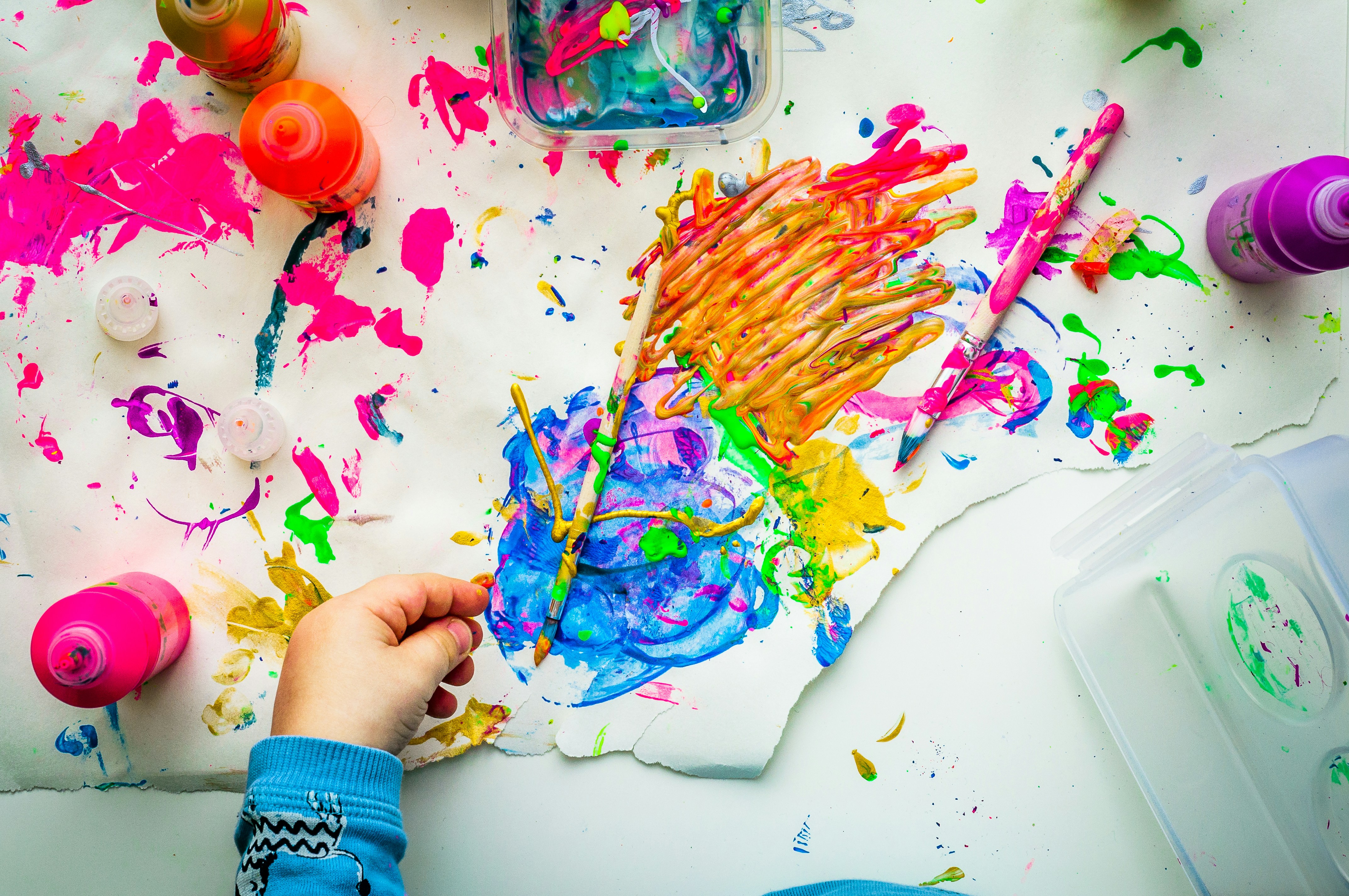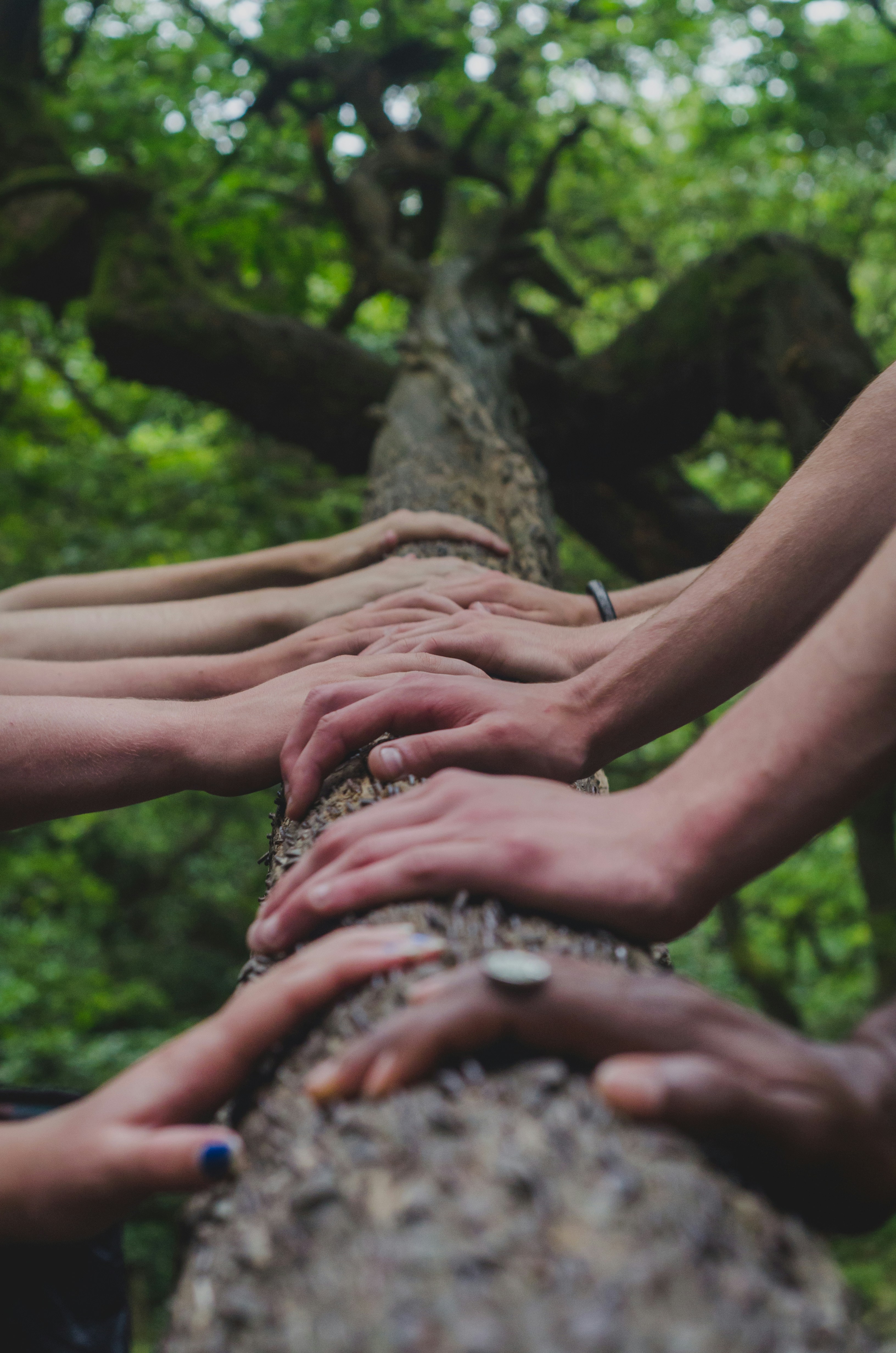Table of Contents
- From Block to Brilliance: Navigating Creative Block
- It's okay, we all experience it
- How collaboration can break creative barriers
- Brainstorming sessions: Pooling ideas and inspiring innovation
- Design critiques: Constructive feedback fuels growth
- Group discussions: Cultivating a culture of collaboration
- Pair designing: The ‘Dynamic Duo’ approach
- Design workshops: Nurturing a culture of learning
- Empathy mapping: Putting yourself in the user's shoes
- Creating a collaborative workspace: Designing for interaction
- Tips for creating a conducive workspace for UX Designers
- Embrace the journey of creativity ✨
From Block to Brilliance: Navigating Creative Block

It's okay, we all experience it

How collaboration can break creative barriers
Brainstorming sessions: Pooling ideas and inspiring innovation
- Organize regular brainstorming sessions where team members are encouraged to unleash their wildest ideas without judgment. Embrace the "no bad ideas" rule to create an open space for free-flowing creativity.
- Use mind mapping techniques to visually explore connections and possibilities, leading to fresh insights and unique solutions.

Design critiques: Constructive feedback fuels growth
- Foster a culture of constructive criticism where designers can present their work and receive feedback from their peers. This process allows for the refinement and improvement of ideas.
- Encourage designers to ask questions and seek input on specific design challenges, opening doors to alternative perspectives.
Group discussions: Cultivating a culture of collaboration
- Set aside time for regular group discussions to share ongoing projects, challenges, and discoveries. Transparency and open communication encourage collective problem-solving.
- Leverage group discussions to identify patterns and trends in user feedback, empowering the team to make data-driven decisions.
Pair designing: The ‘Dynamic Duo’ approach
- Experiment with pair designing, where two designers collaborate on a project simultaneously. This approach can lead to a synergy of ideas and encourage new ways of thinking.
- Rotate pairs periodically to ensure cross-pollination of ideas and to harness the diverse expertise of team members.
Design workshops: Nurturing a culture of learning
- Organize design workshops focused on specific skills or emerging trends. These workshops not only enhance individual competencies but also promote a sense of shared growth.
- Invite external experts to conduct workshops, bringing fresh perspectives and insights to the team.

Empathy mapping: Putting yourself in the user's shoes
- Conduct empathy mapping exercises as a team to gain a deeper understanding of users' needs, frustrations, and motivations.
- Empathy mapping helps designers identify pain points and discover new opportunities for innovative solutions.
Creating a collaborative workspace: Designing for interaction
- Set up a physical workspace that encourages interaction and spontaneous collaboration. Consider open seating arrangements, breakout areas, and whiteboard walls for visual brainstorming.
- Utilize digital collaboration tools that facilitate real-time sharing of ideas and designs, allowing team members to contribute and comment remotely.
Tips for creating a conducive workspace for UX Designers
- 🖼️ Personal Touch: Decorate your workspace with items that inspire you, such as artwork, plants, or motivational quotes. Make it uniquely yours.
- 🪴 Natural Light and Greenery: Position your desk near a window to soak in natural light. Adding plants not only freshens the air but also brings a sense of tranquility.
- 💺 Ergonomic Comfort: Invest in an ergonomic chair and desk setup to ensure your physical well-being, as comfort enhances creativity.
- 🔥 Collaboration Zones: Create spaces that encourage impromptu discussions and idea-sharing among team members.
- 🗒️ Whiteboards and Sticky Notes: Make use of whiteboards and sticky notes to brainstorm ideas visually and facilitate easy prototyping.
Embrace the journey of creativity ✨
In the world of UX design, creativity is a journey, not a destination.






























